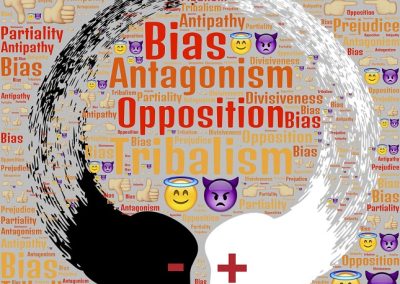The Great Resignation is featuring record-breaking numbers. In the US, the quit rate – the share of workers who voluntarily leave their jobs – hit a new record of 3% in September 2021, says the Bureau of Labor and Statistics. Over 20 million people left their employers from May through September.
In Italy, in the second quarter 2021 the Ministry of Labour reports 484 voluntary exits out of 2.5 million ceased contracts, +37% compared to the previous quarter and +85% compared to the second quarter 2020.
What’s the reason of this escape? It’s hard to isolate a single motivation; labour experts highlight the convergence of different economic and social trends such as the digital transformation that impacted most businesses and left lots of workers behind. But it’s above all the pandemic that changed how we think at our job and professional life.
After experiencing the lockdown and prolonged remote working, only a few are eager to come back to full-time office. Many people are not ready to give up flexibility and autonomy in managing work locations and hours – that’s perceived as absolutely necessary to have more time and resources for family, private life and personal interests. We are living the YOLO economy and, as we know that you only live once, we are less likely to sacrifice ourselves for our career and more likely to invent our dream work.
Be careful: while the Great Resignation may look like a new trend, data shows employee turnover has been rising steadily for the past decade. Nowadays the barriers and transition costs employees incur when switching employers are quite low: thanks to the Internet and social media, it has never been such easy to spot new job opportunities anywhere in the world, or launch a start-up, or work as a freelancer. The prevalence of remote working also means that you don’t even need to physically relocate to start a new job.
So, we shouldn’t be too surprised for employees moving for developing their career, going after a dream or because of changes to their personal situations. The news is that a growing number of people quit their job or consider leaving it even if they aren’t financially prepared to do so. This means they feel so unhappy in their current workplace that they decide to quit without a fallback, they no longer feel heard, valued, and in sync with their company.
How can internal communication step in and contribute to stem this tide? Of course, communication cannot solve situations where working conditions are poor, but it can be beneficial in organizations where there is a misalignment between staff, corporate values, and practices.
We all know the power of an effective, motivating, and engaging internal communication – we will not go through this. Let’s talk of target audience. To mitigate the impact of the Great Resignation, internal communication should focus on ‘enthusiastic stayers’, suggests a recent Harvard Business Review article.
Enthusiastic employees are opposed to ‘reluctant stayers’. They are not to be recognized for their superior performance, but for higher job embeddedness, that is the degree to which a person is connected in the social fabric of an organization. According to the authors, on average enthusiastic stayers represent up to 40% of the total employees, they better fit with the organization’s culture, have productive relationships with coworkers, and would consider their exit as a burdensome sacrifice.
Most companies measure how well a worker fits in before hiring her/him but lack monitoring over time. Internal communication can support career paths, training and mentorship programs to grow employability and make people continue to see a future for themselves at the organization. It can also favor coworker relationships through formal means, like clear communication between managers and their reports, as well as informal team or peer networks.
Finally, it should reinforce the intangible benefits that make it hard for people to leave – think of corporate purpose or a genuinely inclusive work environment. These are elements competitors can’t easily match or replicate.
While nurturing enthusiastic stayers, such communication will improve the company’s culture and indirectly benefit the entire organization. Reluctant people can become more engaged, and even people planning to leave may find a reason to stay and have a fresh restart.




